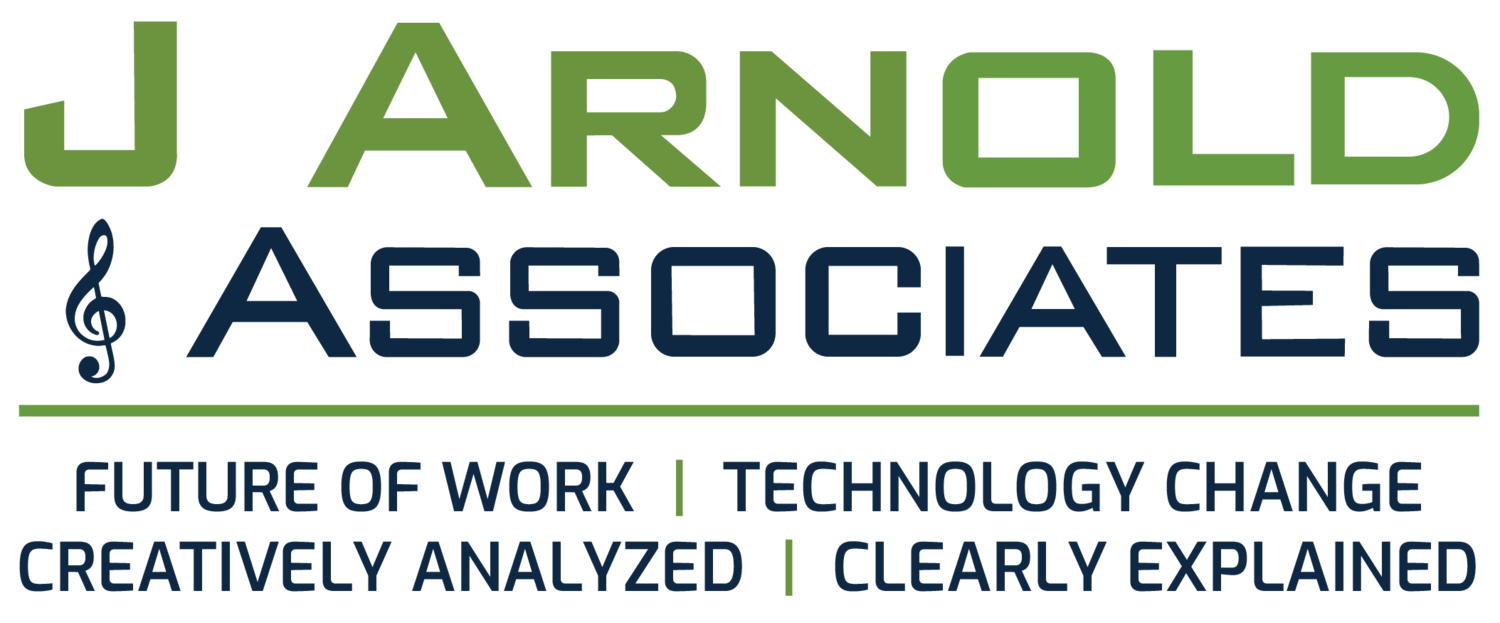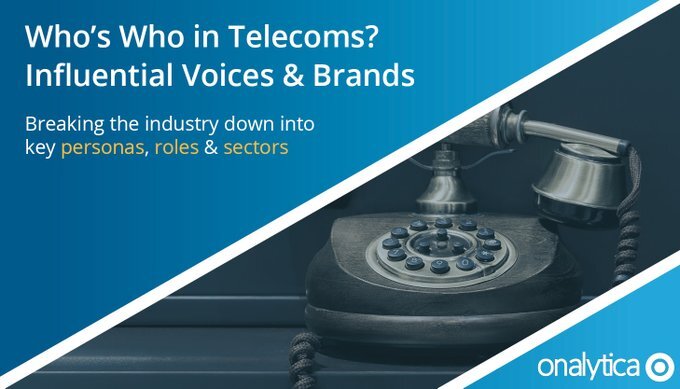Messaging continues to carry a lot of momentum, especially in the UC&C space, and the more research you do, new avenues open up that you hadn’t considered before. If it’s a lot for analysts to follow, it’s also a lot for decision-makers to follow, but it’s our job to provide perspective, and I’ll try to add some here.
The cloud is impacting every link in the value chain, and while it’s broadening the scope for what falls under the collaboration umbrella, it has also created entrees for new providers that businesses hadn’t previously considered. To some extent this is being driven by a concurrent trend, namely the rise of Millennials. They’re not the decision-makers yet – although that will change over the next few years, so be ready! – but their communications preferences go hand-in-glove with what the cloud is enabling.
This generation is leading an unprecedented shift from voice-centric to text-centric communication, and that has a lot to do with why messaging is so hot right now. They are adapting to new technology faster than their employers or the companies they buy from, and that’s presenting some major challenges.
While all this disruption is exciting, it’s getting a lot harder for businesses to both define their needs and to evaluate the offerings. I come across all kinds of vendors, carriers and software companies with a variety of UC&C solutions, and keeping up isn’t easy. My research is ongoing, and building on this preamble, I’m going to briefly highlight in this post three very different messaging offerings. While they all support the same messaging channels - including SMS, MMS, Facebook, Twitter, Telegram, etc. – their offerings and competencies are distinct, and collectively, they show just how diverse this space has become in a short period of time.
All of these companies have solid value propositions, but they address very different collaboration challenges. That’s why it’s so important to define your needs first. When I wear my strategic advisory hat, this is the first thing I emphasize – until you clearly define the problem set, you won’t know when you have the right solution. This isn’t about technology – it’s about understanding where and how collaboration drives business value, and making sure your people have the tools they need.
With that said, let’s look at three companies, listed in alphabetical order – Nexmo, Twilio and WEBTEXT. They have each taken a distinct path to the global enterprise messaging market, and represent just a few markers along the UC&C spectrum. I urge you to consider this a starting point for further research, not just on these companies but across the rest of the spectrum. I’ll continue doing my part as my research brings me to other companies, and welcome your thoughts on whom to focus on next.
Nexmo
What really put Nexmo on the UC&C radar was being acquired by Vonage earlier this year. At the time, this was just the latest in a string of pickups that saw UC players take on messaging players to ensure their portfolios had a CPaaS offering. Whether through acquisition or in-house development, most of the leading UC players now have this, firmly validating messaging as a must-have modality for communication and/or collaboration.
In short, the big driver for CPaaS is how UC&C is becoming very user-driven. Vendors can no longer dictate the rules of the game, and instead must offer flexible, customized applications. Rather than UC being the end product, CPaaS allows communications applications to be embedded or integrated with other business-level functions, and that’s a very different use case for these technologies.
This gives rise to new forms of business value, and with Millennials being text-centric, UC&C players have been scrambling to acquire messaging platforms, which is exactly what Vonage did with Nexmo. Not only was this necessary to stay competitive with other UC players branching out into CPaaS, but also to defend against pure play messaging players like Twilio who are ready now to enter the broader UC&C space and truly disrupt the status quo. More on that shortly.
What you need to know about Nexmo is that their roots are in SMS, so their messaging DNA is very strong. They recently developed a voice API, which can be used for things like building IVR menus on the go for ad hoc collaboration and customer engagement. While their messaging business is strong, Vonage brings a lot of leverage in the business market that a pure play simply doesn’t have.
The main thing is that by running over Vonage’s network, Nexmo’s voice APIs will have a quality of service that OTT-based competitors cannot match. Another network-related benefit that’s based on economies of scale is having both low cost SMS pricing, and per-second billing instead of per-minute billing, which can be a differentiator for high volume customers. Furthermore, Vonage has a large and growing installed base of business customers, so there’s a built-in market for Nexmo to expand their footprint right from the start.
In terms of the bigger picture, I’m featuring Nexmo in this post because they represent a hybrid solution under the Vonage banner. Both businesses are focused on the cloud now, and together there’s a very compelling offering that covers all the bases. Vonage brings the UCaaS piece, which addresses internal UC&C needs, whereas Nexmo’s CPaaS capabilities are more customer-facing. This would make Vonage/Nexmo a solid choice when looking for an end-to-end, integrated solution that covers the full gamut of UC&C.
Twilio
Like Nexmo, Twilio comes from the consumer space, and the success of their recent IPO says a lot about what Wall Street thinks about the messaging opportunity. If you have any doubt about that, feel free to review this very recent – and very long – presentation by tech strategist Michael Wolf, given at the WSJ’s global tech conference. While most of his focus on messaging is consumer-related, the impact on branding and customer care certainly has implications for the contact center.
Furthermore, I echo his view that as messaging becomes a preferred mode in the enterprise, existing UC&C players could be vulnerable. Another wildcard in all this is chatbots, which takes messaging into entirely new realms such as search, AI, workflows, e-commerce, etc. There’s definitely a lot at stake here, and this is what makes companies like Twilio so important to follow.
Whether Twilio will be successful in the enterprise market remains to be seen, but right now, they are too disruptive to ignore. It’s possible that Twilio could Uberize the UC&C space by making messaging so compelling and so user-driven, that other modes drop on the depth chart to the point where creative destruction sets in and new business models emerge.
I don’t think that will happen since integrating with other modes – especially real-time – is harder to do than it looks, and the established UC players will respond accordingly to protect what they have. From what I can tell, actually, Twilio may be disruptive, but they’re not really out to reinvent UC&C in their image. That’s a very hard road to hoe, and their vision is more along the lines of helping businesses work with what they already have, but to help them communicate more effectively.
As with the Slacks of the workstream world, Twilio emerged because they didn’t feel existing communications applications could properly serve the needs of today’s workers – and consumers. They responded in the same manner by creating their own platform based on today’s technologies – primarily cloud and Web-centric – and that is very developer-friendly.
This is a big reason why it’s hard to gauge where Twilio fits in the UC&C universe. They don’t have a pedigree in telephony, or mobility, or hardware, or customer care. They certainly are a software company, but the critical mass comes from having a platform that developers want to build around.
In this regard they are a pure play, not just for messaging or voice, but for having a developer-friendly platform that can drive constant innovation. They claim to have over one million developers on their platform, and as messaging comes of age, Twilio may well be the company that sets the bar for all to follow.
Whereas Nexmo is more of a carrier play by virtue of going to market with Vonage, Twilio is an enterprise play when it comes to UC&C. Businesses will deploy Twilio where they want to use messaging to improve communication on their own terms. A real strength of Twilio is its horizontal nature, where it’s adaptable to a wide range of use cases. This flexibility makes the platform a Swiss Army knife in that enterprises can use it wherever the needs are greatest.
The contact center is a prime example, where messaging – as well as voice and video - can be integrated with CRM or mobile customer care. Being cloud-based, their platform is a very scalable solution that will appeal to enterprises looking to virtualize their contact center.
That said, Twilio would be used in accordance with existing platforms, so the onus falls on IT to make these integrations work, and to have a vision for where messaging be can used in new ways. As such, the value comes from how enterprises deploy Twilio with other things, rather than using it as a standalone solution, either inside the office or the contact center. This means that Twilio should not be viewed as a UC&C solution, but rather how their platform can enrich what you’re using now.
The challenge comes for multivendor environments where Twilio doesn’t yet have deep integrations with specific vendors. For enterprises heavily invested in these vendors, Twilio will have less value than scenarios where there’s a higher comfort level with other approaches, or a frustration that the big vendors aren’t flexible or responsive enough to meet their changing needs.
WEBTEXT
Now I want to go from perhaps the best-known name in messaging to one that you may not yet have heard of. I’m focusing on this company because they are an enterprise messaging pure play, something that neither of the above companies can claim. Nexmo and Twilio do things other than messaging, but since this post is about the state of messaging, I want to draw attention to companies that are all-in. Furthermore, with messaging getting hot now, there are lots of smaller players and startups out there, so WEBTEXT is here to make sure you don’t overlook what’s happening at this end of the market.
WEBTEXT is noteworthy not just for being solely focused on messaging, but also with a core focus on the contact center. They do support other forms of messaging, but the broader context for this post is UC&C, and by now it should be clear that the contact center is a major opportunity for messaging players. Nowhere is the disconnect greater between changing communications expectations among customers and what businesses are able to support, and this is the sweet spot for WEBTEXT.
With customer care being a top priority for management these days, they are coming to understand what’s at stake when customers try to communicate with messaging, and their contact center is handcuffed because they don’t have the right tools. Consumer technology has simply changed faster than their ability to adapt, and this is compounded by the fact that the incumbent vendors haven’t changed fast enough either.
This is exactly the void that WEBTEXT addresses on three levels. First, they have correctly identified messaging as the key channel that’s driving customer engagement, at least among digital natives. This trend is accelerating, and as IoT and chatbots start to reshape the customer journey, messaging will be at the heart of all this constant communication.
Second, their go to market strategy. They recognized a shortcoming among the major vendors in terms of integrating UC with the contact center. There is a growing need for these spaces to work more closely together, and unlike Nexmo and Twilio, that offer voice along with messaging in an attempt to disrupt the major UC vendors, WEBTEXT has avoided voice and instead partnered with the market leaders.
Rather than aiming to provide full integration for the entire UC suite across these spaces – where the value is yet to be proven – WEBTEXT has focused solely on the messaging piece, which itself has plenty of integration challenges. As per the overall tenor of this post, text is the most pressing need in terms of what’s missing in customer care, and that’s the pain point they are addressing.
As a result, they are today the only messaging CPaaS platform that integrates with every Cisco and Avaya contact center, Genesys, as well as Oracle and Salesforce service cloud. For example, the native messaging capabilities for Cisco Spark do not integrate with Cisco’s contact center offerings, and the same holds for Avaya with Zang and their contact center portfolio.
Third, these vendor relationships allow WEBTEXT to offer plug and play vendor API’s that enable contact centers to painlessly deploy messaging. With WEBTEXT, for example, contact centers using these platforms can allow agents to initiate messaging with customers to their mobile phones from the desktop. Agents can also switch to text while on a voice call, giving the customer choice on the fly for how they want to communicate. Another use case would be to allow customers to move out of an IVR queue and start a messaging-based chat session.
In this regard, WEBTEXT is really a vertical solution, since they have deep integrations with the leading contact center vendors as well as the leading messaging platforms/services. This approach makes WEBTEXT distinct from Nexmo and Twilio, and that’s why I’m featuring them in my analysis. Like voice, messaging is complex territory, and having completed the aforementioned integrations – with others coming - WEBTEXT should be seen more as a logical CPaaS partner for both vendors and carriers, rather than a direct competitor, which is more like how these other two companies are being positioned.






















